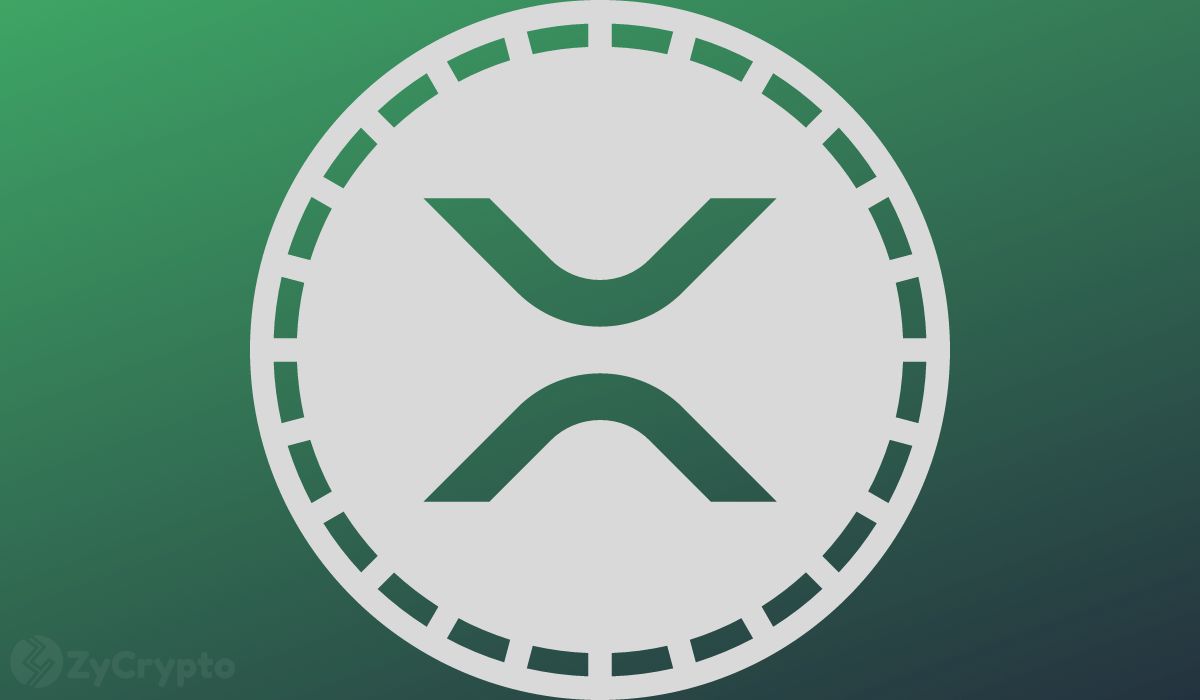On April 27, Ripple released the Q1 2023 XRP Markets Report, highlighting several key developments in the crypto industry. Below are the key takeaways from the report.
XRP sales by Ripple saw a massive increase in Q1 2023, with net sales reaching a whopping $361.06 million compared to the previous quarter’s $226.31 million. And that’s not all – XRP Ledger on-chain activity also experienced a surge, with decentralized exchange volumes increasing by 34% to $115 million in Q1 compared to Q4 2022. Meanwhile, XRP’s average daily volume on centralized exchanges jumped 46% to $1 billion from $698 million.
But the excitement doesn’t stop there. The EU, UK, and UAE have proposed new regulatory frameworks for crypto that could change the game for the entire industry. The Markets in Crypto Assets regulation (MiCA) has been passed in the EU, resulting in a brand new licensing regime in the 27 member states. The UK government has introduced comprehensive regulatory proposals for a new regulatory regime for crypto, building on prior proposals focusing on stablecoins and the financial promotion of tokens. And in the UAE, a new law governing virtual assets has been passed, setting up the country’s initial regulatory regime for cryptocurrencies at the federal level.
Despite the broader financial turmoil, XRP markets saw an impressive 46% increase in volumes in Q1, likely due to a combination of market recovery and large volatile events that tend to spike volumes. BTC and ETH spot volumes were up 12% and down 12%, respectively, QoQ, while derivatives volumes for BTC and ETH were up 14% and 20%, respectively, QoQ.
Regarding global regulation, several countries are moving forward with new legislation and licensing regimes to clarify crypto. Australia’s central bank and Treasury held private meetings with international crypto industry executives on the nation’s future of crypto and regulation. Hong Kong and Australia also opened public consultations on proposed requirements for virtual asset trading platform operators and token mapping.
The US’s approach to crypto regulation focused on regulation by enforcement instead of rulemaking, as Coinbase and Paxos received Wells notices from the SEC alleging various securities laws violations and lack of registration. SEC Chair Gensler issued a broad warning to yield-earning crypto platforms to comply after Kraken shuttered its staking service, to which Commissioner Peirce denounced her agency’s actions.
In Q1, Silvergate, Silicon Valley Bank (SVB), Signature, and Credit Suisse faced critical blows, revealing the extent of the opacity and interconnectedness across global financial and crypto markets. The fall of SVB and the unexpected shutdown of Signature Bank meant that much of the crypto world was de-banked in the US overnight. USDC had a short-term liquidity-driven de-peg down to $0.85 on some exchanges, recovering to $1 within a few days, but market confidence in essential on-off ramps was shaken.
Despite the turmoil, those who build on a battle-tested foundation of prudent risk management and real-world utility will continue growing once the world emerges from the current climate. Macro uncertainty is set to continue in Q2, but many in the industry have lauded Europe’s efforts to regulate crypto responsibly.
And last but not least, developers have proposed a new interoperability standard (XLS-38d) for the XRP Ledger, enabling users to transfer digital assets and data between blockchains regardless of underlying protocol or programming language. The future is looking bright for XRP and the crypto industry as a whole!







